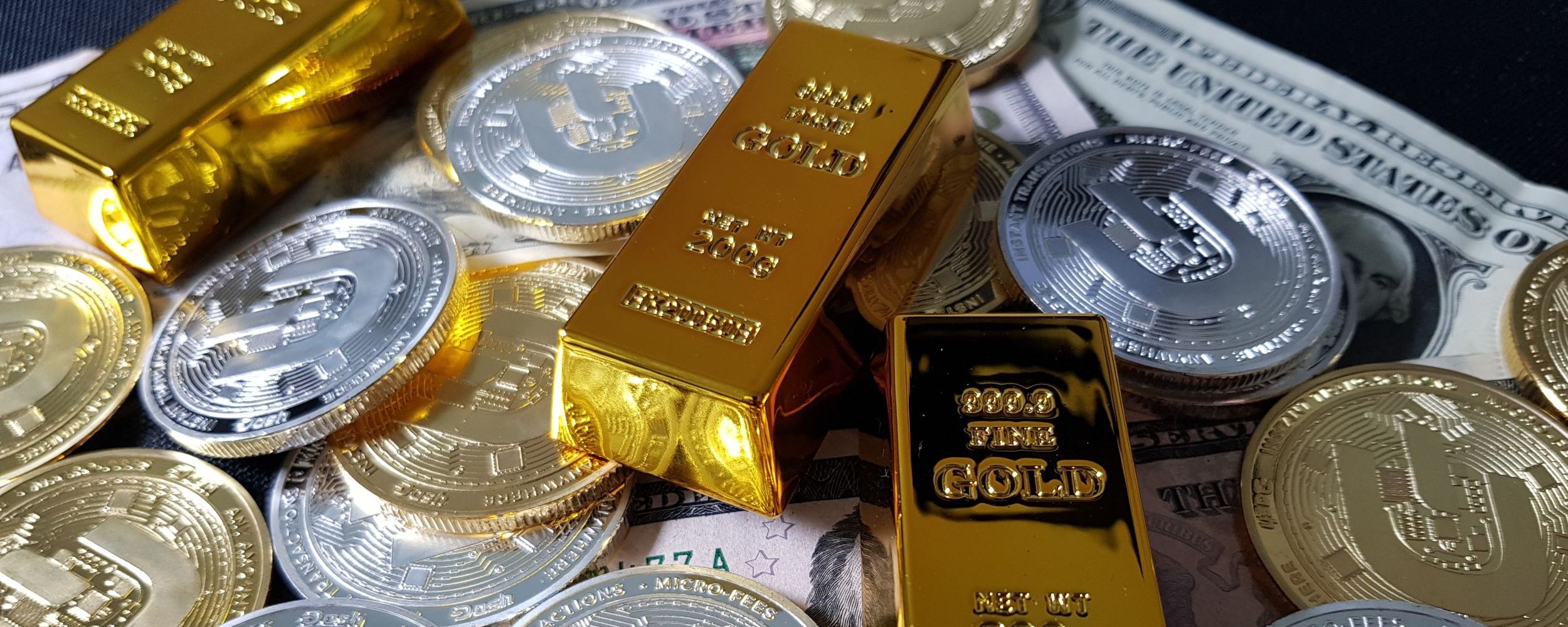Potential Pitfalls of Taxable Investments in Gold and Other Precious Metals
25 August 2023
As an investor, you may want to look beyond the stock market and fixed-income alternatives. Allocating some of your money to gold and other precious metal assets could be an option to hedge against stock market uncertainty. However, before you invest, it's important to understand the tax impact of selling precious metal assets as well as the storage issues involved.Tax Rules
Physically owned precious metal assets are considered collectibles for federal income tax purposes. And when collectibles are sold by an individual taxpayer, their net long-term capital gains are subject to a special maximum federal income tax rate of 28% instead of the standard 20% maximum rate on net long-term capital gains.
Here's how the 28% maximum rate works: If you're in the 32%, 35% or 37% federal income tax bracket after including any net long-term gain from precious metal assets, your net long-term gain from the precious metal assets is taxed at the special maximum 28% rate. You also may owe the 3.8% net investment income tax (NIIT). If so, the maximum effective federal rate on net long-term gains from precious metals can be 31.8% (28% plus 3.8%).
The NIIT equals 3.8% of the lesser of:
- Your net investment income, which includes capital gains, dividends, interest, royalties and the taxable part of a home sale gain (if any), or
- The excess of your modified adjusted gross income (MAGI) over the applicable threshold.
The MAGI thresholds are:
- $200,000 for single taxpayers and heads of households,
- $250,000 for married couples filing jointly, and
- $125,000 for married individuals who file separately.
MAGI is defined as adjusted gross income plus the foreign earned income exclusion. (Most people don't have the latter kind of income, however.)
If you're in the 10%, 12%, 22% or 24% federal income tax bracket after including any net long-term gain from precious metal assets, your net long-term gain from the precious metal assets is taxed at the applicable rate. If you're in the 24% bracket, the 3.8% NIIT might hit you, though it's fairly unlikely.
Net short-term gains from selling precious metal assets are taxed at your regular federal rate, which can be as high as 37%. Short-term gains can also get hit with the 3.8% NIIT and state income tax, if applicable.
Storage Issues
Beyond taxes, another major concern with direct physical ownership of precious metal assets is finding a secure place to store them. Burying them in your backyard is legal but not recommended. Using a bank safe deposit box is another possibility, but obtaining insurance coverage could be problematic.
Most precious metal investors hire a storage company to hold these assets. Depending on the company, you may be able to have your precious metal assets stored on a "fully segregated basis." This means you continue to hold title to the assets, and they're specifically identified and physically separated from everyone else's assets in storage at the location. Therefore, you can order your coins or bullion to be delivered to you at any time.
The other alternative is so-called "allocated storage," where the storage company basically acts as a custodian by holding precious metal assets that add up to what its customers collectively own. In this case, your share is commingled with all the other customers' shares, and you only have a piece of paper to show for it. If you demand delivery, it could take time to convert your share into physical coins or bullion that can then be shipped to you.
Important: Whether you choose segregated or allocated storage, make sure to ask about insurance coverage.
Precious Metal ETFs and Mining Stocks Held in Taxable Accounts
Net long-term capital gains from selling precious metal exchange traded fund (ETF) shares held in your taxable brokerage firm account are also subject to the aforementioned 28% special maximum federal income tax rate, rather than the standard 20% maximum rate. That's because the gains are considered to be from selling collectibles, just like gains from selling physically owned precious metal assets.
Net short-term gains from selling precious metal ETF shares are taxed at your regular federal rate, which can be as high as 37%. Long-term gains from selling mining stocks held in a taxable brokerage firm account are subject to the standard 20% maximum federal rate. Short-term gains are subject to a maximum federal rate of 37%. Regardless of whether gains are short-term or long-term, they may also get hit with the 3.8% NIIT and state income tax, if applicable.
Key Takeaway
Before digging into precious metal coins, bullion and ETFs, it's important to know that profits from these taxable investments could be taxed at a higher-than-expected rate. Also bear in mind that you could use your tax-deferred traditional IRA or tax-free Roth IRA to invest in allowable precious metal assets. For details on how that strategy works, or for more information about the tax impact of precious metal investing, consult your tax advisor.
Back to News









